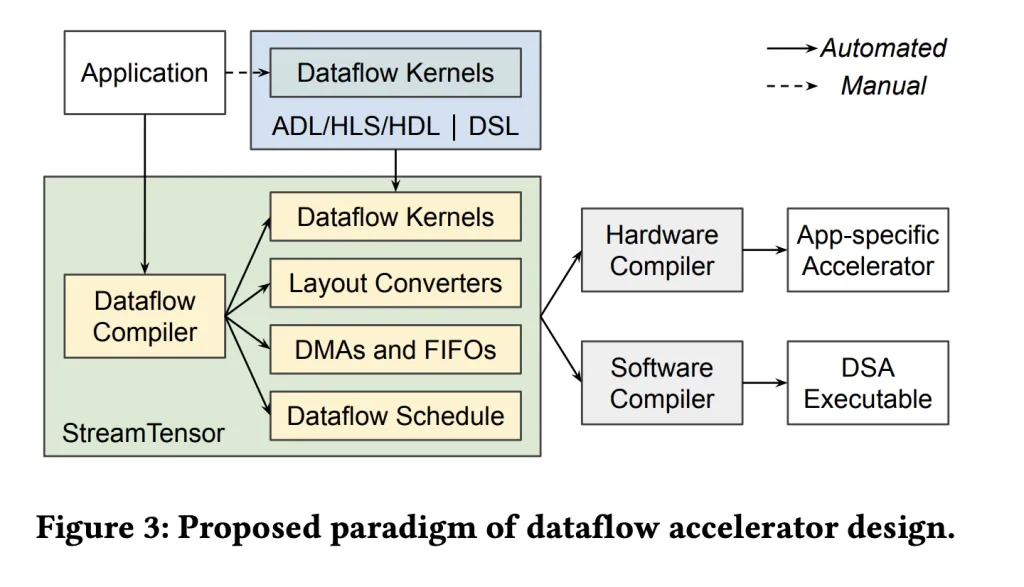Google DeepMind Introduces CodeMender: A New AI Agent that Uses Gemini Deep Think to Automatically Patch Critical Software Vulnerabilities
What if an AI agent could localize a root cause, prove a candidate fix via automated analysis and testing, and proactively rewrite related code to eliminate the entire vulnerability class—then open an upstream patch for review? Google DeepMind introduces CodeMender, an AI agent that generates, validates, and upstreams fixes for real-world vulnerabilities using Gemini “Deep Think” reasoning and a tool-augmented workflow. In six months of internal deployment, CodeMender contributed 72 security patches across open-source projects, including codebases up to ~4.5M lines, and is designed to act both reactively (patching known issues) and proactively (rewriting code to remove vulnerability classes). Understanding the Architecture The agent couples large-scale code reasoning with program-analysis tooling: static and dynamic analysis, differential testing, fuzzing, and satisfiability-modulo-theory (SMT) solvers. A multi-agent design adds specialized “critique” reviewers that inspect semantic diffs and trigger self-corrections when regressions are detected. These components let the system localize root causes, synthesize candidate patches, and automatically regression-test changes before surfacing them for human review. https://deepmind.google/discover/blog/introducing-codemender-an-ai-agent-for-code-security/? Validation Pipeline and Human Gate DeepMind emphasizes automatic validation before any human touches a patch: the system tests for root-cause fixes, functional correctness, absence of regressions, and style compliance; only high-confidence patches are proposed for maintainer review. This workflow is explicitly tied to Gemini Deep Think’s planning-centric reasoning over debugger traces, code search results, and test outcomes. Proactive Hardening: Compiler-Level Guards Beyond patching, CodeMender applies security-hardening transforms at scale. Example: automated insertion of Clang’s -fbounds-safety annotations in libwebp to enforce compiler-level bounds checks—an approach that would have neutralized the 2023 libwebp heap overflow (CVE-2023-4863) exploited in a zero-click iOS chain and similar buffer over/underflows where annotations are applied. Case Studies DeepMind details two non-trivial fixes: (1) a crash initially flagged as a heap overflow traced to incorrect XML stack management; and (2) a lifetime bug requiring edits to a custom C-code generator. In both cases, agent-generated patches passed automated analysis and an LLM-judge check for functional equivalence before proposal. https://deepmind.google/discover/blog/introducing-codemender-an-ai-agent-for-code-security/? Deployment Context and Related Initiatives Google’s broader announcement frames CodeMender as part of a defensive stack that includes a new AI Vulnerability Reward Program (consolidating AI-related bounties) and the Secure AI Framework 2.0 for agent security. The post reiterates the motivation: as AI-powered vulnerability discovery scales (e.g., via BigSleep and OSS-Fuzz), automated remediation must scale in tandem. Our Comments CodeMender operationalizes Gemini Deep Think plus program-analysis tools (static/dynamic analysis, fuzzing, SMT) to localize root causes and propose patches that pass automated validation before human review. Reported early data: 72 upstreamed security fixes across open-source projects over six months, including codebases on the order of ~4.5M lines. The system also applies proactive hardening (e.g., compiler-enforced bounds via Clang -fbounds-safety) to reduce memory-safety bug classes rather than only patching instances. No latency or throughput benchmarks are published yet, so impact is best measured by validated fixes and scope of hardened code. Check out the TECHNICAL DETAILS. Feel free to check out our GitHub Page for Tutorials, Codes and Notebooks. Also, feel free to follow us on Twitter and don’t forget to join our 100k+ ML SubReddit and Subscribe to our Newsletter. Wait! are you on telegram? now you can join us on telegram as well. The post Google DeepMind Introduces CodeMender: A New AI Agent that Uses Gemini Deep Think to Automatically Patch Critical Software Vulnerabilities appeared first on MarkTechPost.


